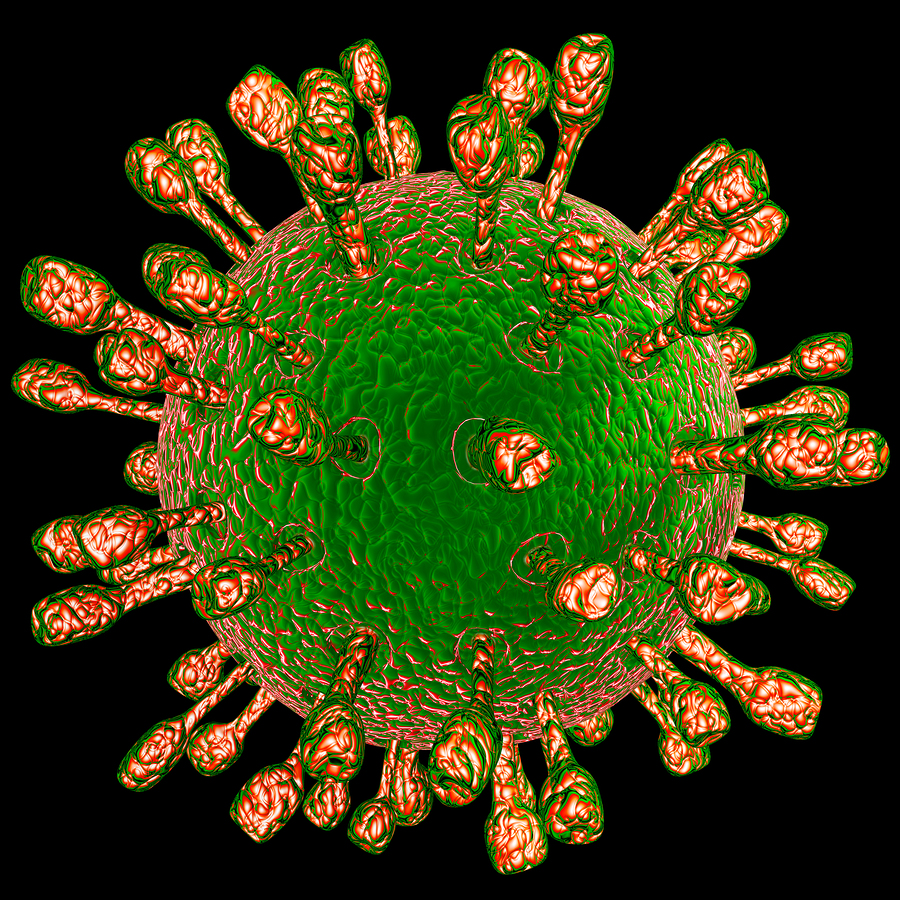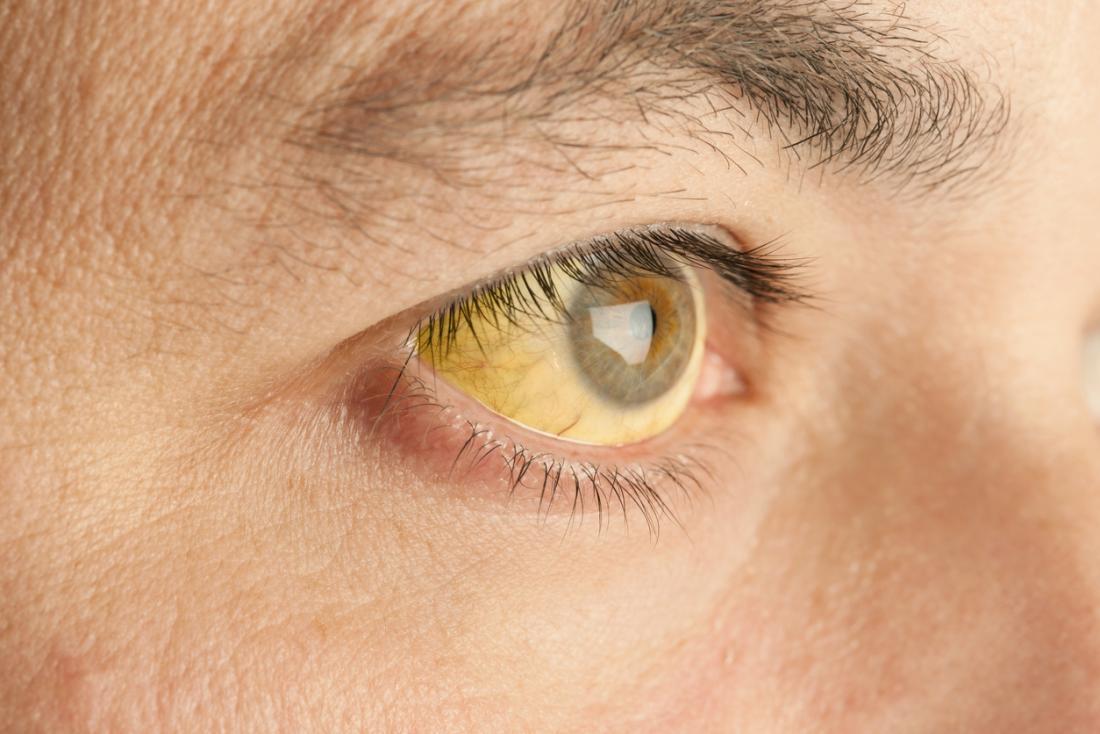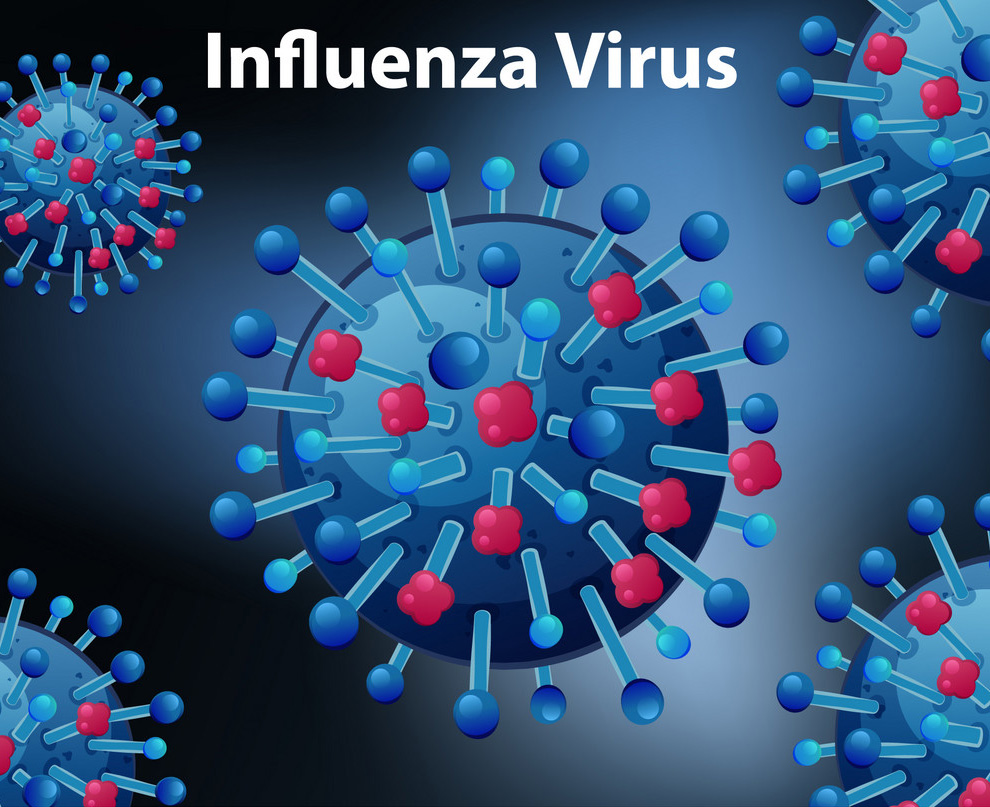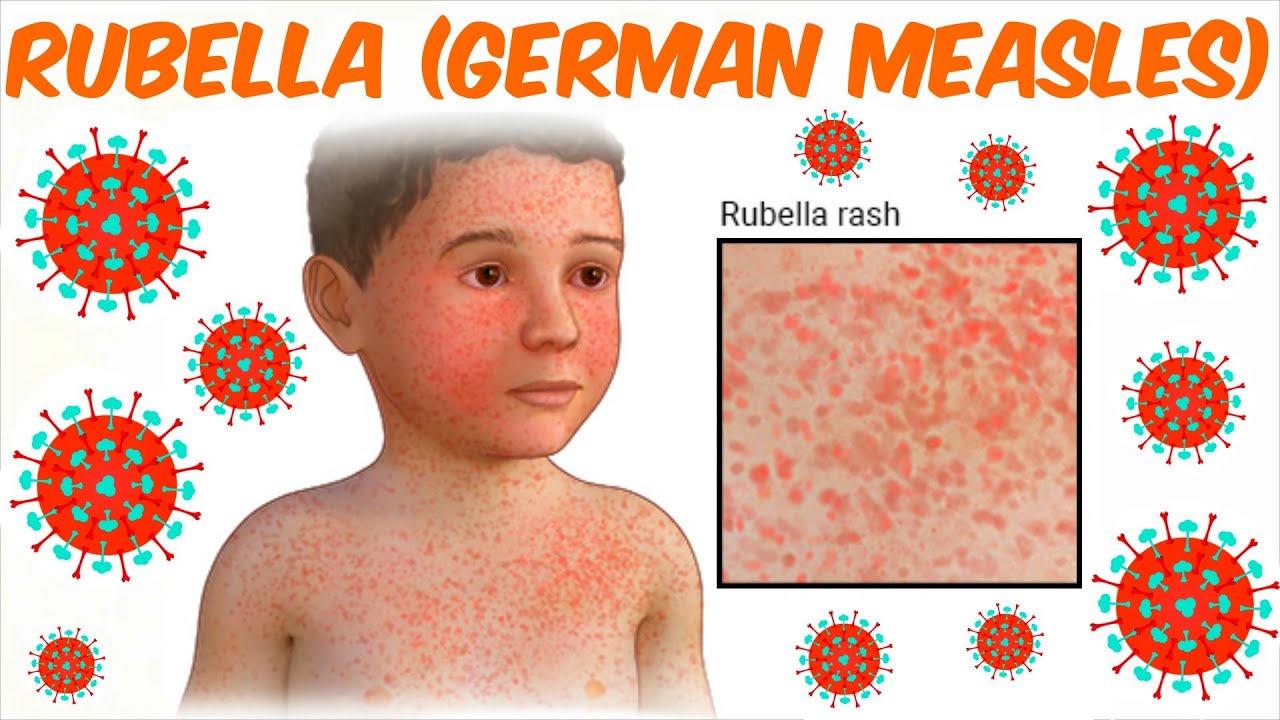Top 5 Most Dangerous Viruses in the World, which Wreaked Havoc More Than Corona
Virus is a living and also non-living borderline holding kind of organism. There are about 3 lakh 20 thousand types of viruses in the world, which can infect mammals. Mammals. That is, those who do not lay an egg but give birth to a child. The most dangerous of these viruses kills about one and a half million people worldwide every year. Find out which viruses caused panic before Corona Virus. These are the most Dangerous virus that has created a havoc in human civilization,most of which are still in existence. Viruses are counted among the oldest living things on earth. These are found everywhere and can be life threatening. There is no organism in the world that is not infected by viruses. Let’s see, what are the 5 Most Deadliest Viruses in the world so far …
Rota Virus

Rota Virus
Rota virus is also called child killer virus. It kills around 5 lakh children all over the world every year. It spreads fatal diarrhea in newborns and children aged 6 to 8 years. Which often leads to the death of children. This virus mainly causes due to unhealthy lifestyle mainly in the toilets and damps.
Rota virus is the most common cause of severe diarrhea in children and newborns around the world. The World Health Organization (WHO) estimates that there were approximately 215,000 deaths due to rota virus disease in 2013 (the last year for which data is available). Most cases occur in developing countries.
Symptoms and motivating factors
Rota virus is a double-stranded RNA virus that belongs to the rheovirus family. When viewed through an electron microscope, the shape of the virus looks like a wheel, hence its name (Rota is the Latin word for “wheel”). Many varieties and sub types of rota virus cause disease in humans.
The most common symptom of rota virus infection is diarrhea. It can also cause fever, abdominal pain and vomiting. The complications of rota virus infection are described below.
Spreading
Rota virus is spread through the fecal-oral route, i.e. from the waste of an infected person to the mouth of another person. This can be through contamination of objects such as hands and toys. The virus can spread easily in children and from children to those closest to them.
A person with rota virus has acute morbidity from the first infection, but mild symptoms of subsequent infection appear and are often non-symptomatic (i.e., not visible symptoms).
Treatment and Care
There is no specific treatment for rota virus infection. Rather, they are treated with allied care such as oral fluid supply, rest, and relief from fever.
Available Vaccines
RotaTeq:
This vaccine is given orally in three doses, often at ages 2 months, 4 months and 6 months. The vaccine is not approved for use in older children or adults.
Rotarix: This vaccine is in the form of liquid ,given in two doses to infants at ages 2 months and 4 months.
Small Pox

Small Pox
Smallpox has killed more people (30 to 50 million deaths) than any other virus in the world. Because R 0 of this virus (it is read as R-naught) i.e. reproduction number is between 3.5 to 6. That is, a person infected with this virus can infect 3 to 6 people. Its fatality red is 90 percent. However, this virus has now been completely eradicated from the world through vaccination.
Symptoms and Motivating Factors
The onset of special symptoms of smallpox began with fever and lethargy about two weeks after exposure to the various major virus. Headaches, sore throats, and vomiting were also common. After 2-3 days, the body temperature would start falling and rashes would appear on the face and body, and further emerge in the torso. Gradually, sores began to form inside the mouth, throat and nose.Fluid-filled rashes formed and spread, in some cases some rashes joined together and spread to large areas of skin. In about the third week of illness, the scabs begin to form and begin to separate from the skin.
Spreading
Chickenpox is spread by contact with an infected person’s abscesses or respiratory tract. Contaminated bedding or clothing could also spread the disease. It remained contagious until the last scab was separated from the patient’s skin.
Available vaccines and immunization campaigns
Vaccines have been used by people since the discovery by Edward Jenner in 1796, that exposure to cowpox boils can protect against smallpox. Jenner’s work eventually led to the commercialization of smallpox vaccines around the world. Successful use of the smallpox vaccine gradually reduced the number of smallpox cases. The last case of smallpox was reported in 1977 in Somalia. In 1980, the World Health Organization officially announced the eradication of smallpox; Which was in two words, smallpox eliminated. Bio-terrorism still exists with the smallpox virus as a weapon.
The World Health Organization has advised the laboratory to maintain a supply of vaccines in the event of an accidental release of the virus or in the event of bio-terrorism.
Yellow Fever

yellow fever
When the condition of yellow fever in a person is very severe, he starts bleeding from his nose, eyes, mouth and stomach. About 50 percent of the patients who reach this condition have to wash their hands of their lives within 7 to 10 days. Even today, yellow fever infects about 2 lakh people worldwide and kills about 30 thousand people.
Symptoms and motivating factors
Symptoms of yellow fever include fever, chills, nausea, vomiting, muscle aches, back pain and headache. There is no cure for this disease. Symptoms usually last for several days. In some patients the symptoms may reappear soon after the initial symptoms have faded. This second step is discussed below.
The virus caused by yellow fever is commonly called the yellow fever virus, it has been named as jaundice (which causes yellowing of the skin) which affects some people. It belongs to the flaviviridia virus family.
Spreading
The spread of YF in humans is caused by the bite of infected mosquitoes. It does not spread directly from person to person.
There are three main types of the disease:
1.Sylvatic yellow fever (also known as “jungle yellow fever”) occurs when the disease is transferred from wild monkeys to humans by infected monkeys. This disease occurs when humans go to the forest area.
2.Intermittent yellow fever — the most common type of outbreak in modern Africa — occurs when semi-domestic mosquitoes (which infect both monkeys and humans) are present in areas where they are commonly exposed to humans.
3.Urban yellow fever occurs when Aedes aegypti species of domestic mosquitoes spread the virus among humans, without spreading through other primates.
Treatment and care
There is no direct cure for yellow fever. Collaborative care can be provided, as well as an effort to reduce pain to the patient and fever related to the disease. Medications should be carefully selected for pain relief, as some non steroidal anti-inflammatory drugs (which contain aspirin) may present a risk of bleeding.
Prevention: anti-mosquito methods, available vaccines, and vaccination campaigns
In 1900, researchers from the United States Army discovered that mosquitoes are the carrier of yellow fever. To get the disease, it is necessary for a person to bite an infected mosquito – and it is mandatory to pass a certain time period after the mosquito itself is infected with the virus. This makes the window of opportunity for the spread of the virus relatively small, although that window significantly increases in areas with large unprotected populations and in areas with heavy mosquito activity.
Unfortunately, once a person is infected with yellow fever, there is no cure other than to take standard supportive care and try to provide as much comfort to the patient as possible. Therefore, anti-mosquito methods and vaccination are the best weapons available against the disease.
Influenza

Influenza
Influenza (flu) is a respiratory disease caused by the influenza virus. Influenza viruses are of two main types (A and B) and each type has many different strains. The illnesses caused by these viruses are often referred to as “flu” altogether.
Influenza illness can range from mild to very severe, depending on many factors, including viral strains, the patient’s age, and the patient’s health. Certain groups have high levels of serious complications of the flu.
Symptoms
Symptoms of the flu suddenly arise and include fever, shivering, cough, sore throat, feeling pain, headache, and tiredness. Vomiting and diarrhea can also occur, but these symptoms are more prevalent in children than in adults.
Spreading
Influenza spreads mainly through infected respiratory organs – ie through airborne coughing and sneezing. It is important to note that some people who are infected do not show any symptoms (called asymptomatic infection), but they are still contagious. They can infect others even when they are not aware of their own infection.Yes, even patients who experience flu symptoms can be contagious the day before they feel it, and persist for up to a week.
An important fact about influenza’s ability to spread is related to its rapid reproductive changes. New strains of influenza virus appear again and again, and previous infection with another strain would guarantee protection against further infection. This is the reason why antigen in seasonal flu vaccine is often changed every year – to provide protection against any existing flu strain.
Treatment and care
Generally, flu patients are advised to stay at home and rest, in order to be healthy and not infect others. In mild conditions, treatment is done to relieve symptoms of the disease: Over-the-counter (over-the-counter) medications such as acetaminophen or ibuprofen are used to reduce fever and / or to relieve aches or pains and phlegm. Can be taken for, medications or drops can be taken to reduce street upset or cough.Drinking excess fluids can prevent dehydration.For those with a high risk of complications, for a serious condition, physicians may recommend antiviral treatment. However, resistance to the available antivirals of many circulating influenza strains has developed. Vaccination forms the primary route for flu prevention.
Available Vaccines
As new strains of influenza frequently appear, seasonal flu vaccines change every year. Each seasonal vaccine is usually produced for multiple influenza strains: two “A” strains and one or two “B” strains, depending on the vaccine. From the beginning to the end – from the selection of strains to target with the vaccine, to the production of the final product – the seasonal flu vaccine manufacturing process can take up to eight months.Influenza surveillance centers monitor circulating influenza strains for worldwide trends over the years. Genetic data is collected and new mutations are identified. And then the World Health Organization is responsible for selecting the most similar strains of genetically reassembled strains to be transmitted during the coming flu season. For the Northern Hemisphere summers, this decision is taken before February.
In some cases, one of the strains used in the previous year’s vaccine may be selected again if the strain is continuously circulating. From this point, vaccine development and production can be started.
Inactive Trivental or Quadrivalent Influenza vaccines are the most common flu vaccines available and can be given to people 6 months of age or older. There are some vaccines that are given through injection. The active, debilitated influenza vaccine is available in some countries for individuals over the age of 2 and under 50 years of age. The active vaccine is given intranasal (in the nose).
Rubella

Rubella
Rubella disease is caused by viruses of the genus Rubivirus. Rubella is contagious but is often a mild viral infection. Although rubella is sometimes referred to as “German measles”, the rubella virus is not related to the measles virus.Worldwide, World Health Organization member countries reported nearly 100,000 rubella cases in 2012, although potentially actual cases far exceed this. The countries with the highest number of cases in 2012 were Timor-Lest, Macedonia, Thailand, Tajikistan, and Syria.
Symptoms
Symptoms of rubella include low fever, nausea, and predominantly pink or red rashes that occur in about 50–80% of cases. Rashes often occur on the face, spread downward and last for 1-3 days. Rashes occur 2-3 days after exposure to the virus. The most contagious period is 1–5 days after the rash.Rubella is particularly dangerous for developing fetuses.
Spreading
The virus is spread by splashes of airborne respiration. Infected individuals can be contagious even one week before rubella rashes, and up to a week after their first rashes. (It is very contagious when the rash first comes out.) Children born with CRS can infect others for more than a year.Rubella cases occur at the end of winter or at the beginning of spring.
Treatment and care
There is no direct treatment for rubella. Collaborative care may be provided along with an effort to reduce fever.
Available vaccines
The rubella vaccine is based on an active debilitated rubella virus that has been in use for more than 40 years. A single dose of the vaccine can provide life-long immunization.
Comment Here!